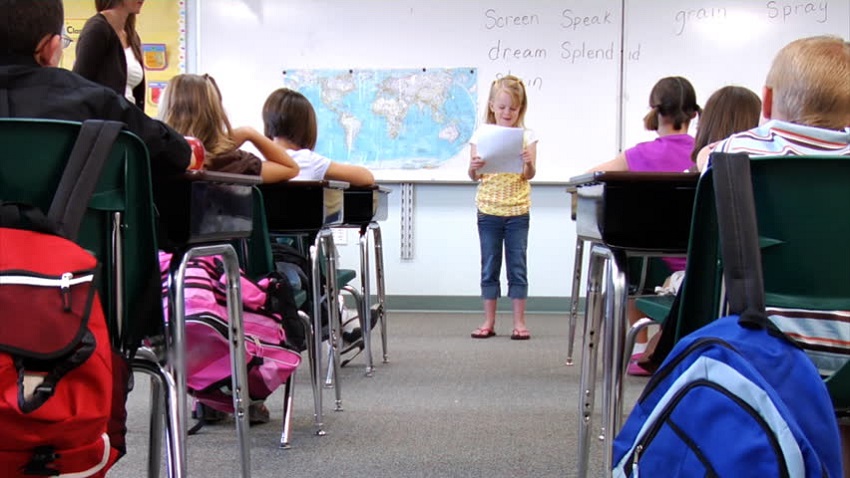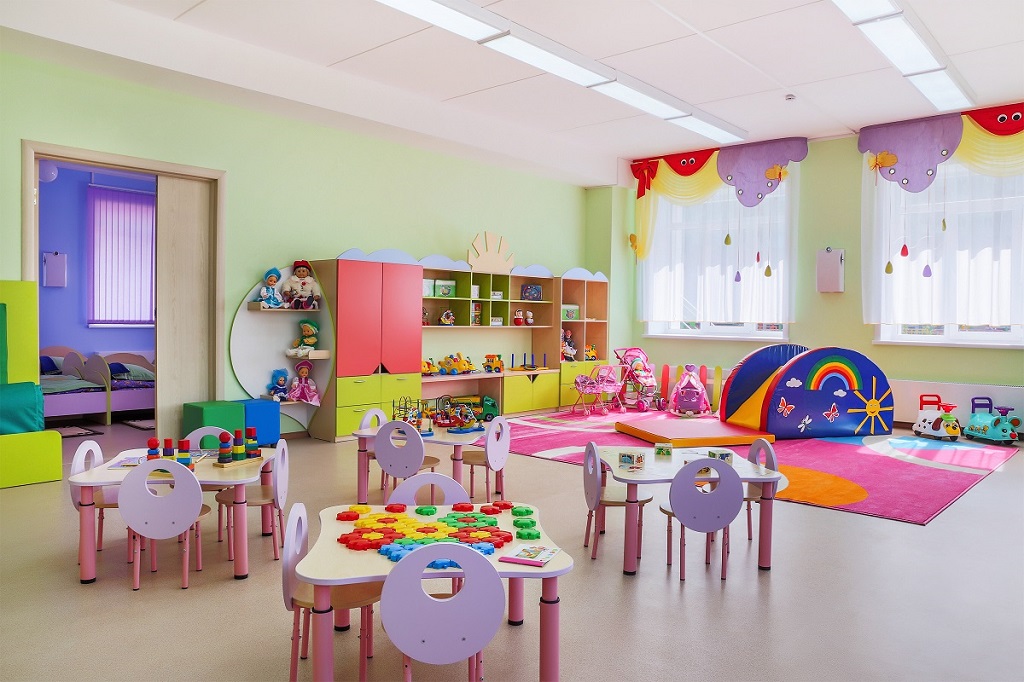Preschool is an essential early childhood education program that plays a crucial role in a child’s development. It provides a nurturing environment where children can learn, explore, and grow before entering formal schooling. If you’re considering enrolling your child in preschool, you might wonder how many hours they typically spend there. In this article, we will explore how many hours is preschool and the factors that can influence the hours of attendance.
As parents, we want the best for our children, and providing them with a strong educational foundation is paramount. Preschool is an important stepping stone between the early years at home and formal schooling. It allows young children to engage in structured activities, socialize with peers, and develop essential skills that will benefit them throughout their lives.
What is Preschool?
Preschool, also known as nursery school or pre-kindergarten, is an educational program for children between the ages of three and five. It prepares children for kindergarten and elementary school by fostering social, cognitive, emotional, and language development. Preschool curriculum varies but typically includes a blend of structured learning, playtime, and creative activities.
Benefits of Preschool
Preschool offers numerous benefits for children, setting the stage for a successful educational journey. Let’s explore some of the key advantages:
Social Development
One of the primary benefits of preschool is the opportunity for social development. Children learn to interact with peers, navigate social situations, and develop valuable social skills such as sharing, taking turns, and cooperating.
Cognitive Development
Preschool activities stimulate cognitive development by encouraging problem-solving, critical thinking, and decision-making skills. Children enhance their cognitive abilities through age-appropriate games, puzzles, and educational materials and lay the groundwork for future academic success.
Emotional Development
Preschool provides a nurturing environment that supports emotional development. Children learn to manage emotions, express themselves effectively, and develop self-confidence. They also learn empathy and understanding towards others.
Language and Communication Skills
Preschool fosters language and communication skills through storytelling, songs, and interactive discussions. Children expand their vocabulary, improve speech clarity, and develop early literacy skills, preparing them for reading and writing.
Typical Preschool Schedule
Preschools follow a structured schedule to ensure a balanced learning experience for children. While specific activities may vary, the typical preschool schedule generally includes the following components:
Morning Activities
The day usually starts with various engaging activities that stimulate children’s minds. These activities may involve puzzles, manipulative toys, sensory play, or individual learning stations. Morning activities set a positive tone for the day and help children ease into the learning environment.
Circle Time and Group Activities
Circle time is a regular part of the preschool routine. During this time, children gather for interactive sessions, including singing, dancing, storytelling, and group discussions. Circle time promotes socialization, listening skills, and participation.
Outdoor Play
Preschools often incorporate outdoor playtime into their daily schedule. Outdoor play provides opportunities for physical exercise, gross motor skill development, and exploration of the natural environment. It allows children to release energy, interact with nature, and engage in imaginative play.
Snack and Lunch Time
Preschoolers have designated times for snacks and lunch, where they learn about healthy eating habits, table manners, and socializing over meals. These moments encourage independence, self-help skills, and social interaction among peers.
Nap Time or Rest Time
For younger preschoolers, a designated period for a nap or rest time is usually included in the schedule. This time allows children to recharge and relax after a busy morning. It promotes healthy sleep habits and ensures they have the energy to participate in afternoon activities actively.
Afternoon Activities
The afternoon is often filled with teacher-guided activities and child-initiated play. Teachers may introduce art projects, science experiments, sensory play, or other hands-on activities that cater to the children’s interests and developmental needs. This time encourages creativity, exploration, and further skill development.
How Many Hours is Preschool?
The number of hours children spend in preschool can vary depending on various factors, such as the program type, school policies, and parent preferences. Let’s explore some of the common options for preschool hours:
Varying Length of Preschool Programs
Preschool programs can be classified into different categories based on their duration. The most common options include half-day, full-day, and extended-day programs. Each program type caters to different needs and preferences.
Half-Day Preschool
Half-day preschool programs typically last for around 2 to 4 hours per day. These programs focus on providing young children with a gradual introduction to structured learning in a shorter timeframe. They often include activities that promote socialization, play-based learning, and essential skill development.
Full-Day Preschool
Full-day preschool programs usually span approximately 6 to 8 hours per day. These programs offer a more comprehensive learning experience and cater to parents who require extended childcare services. Full-day preschools provide additional opportunities for enrichment activities, extended learning, and enhanced socialization.
Extended-Day Preschool
Some preschools offer extended-day programs that go beyond regular school hours. These programs may provide before-school care, after-school care, or both. Extended-day options are suitable for parents who require flexible childcare arrangements due to work schedules or other commitments.
Factors Affecting Preschool Hours
Several factors can influence the number of hours a child attends preschool. It’s essential to consider these factors when selecting a preschool program:
School Policies and Philosophy
Each preschool may have its policies and philosophies regarding program duration. Some schools might offer only specific program lengths, while others provide more flexibility. Understanding the school’s approach and aligning it with your preferences is crucial.
Parent Work Schedules
Parents’ work schedules play a significant role in determining preschool hours. Some parents may opt for half-day programs that align with their work hours, while others may require full-day programs to accommodate their responsibilities. Choosing a program that fits well with your family’s schedule is essential.
Local Education Regulations
Local education regulations or guidelines can also influence preschool hours. These regulations may stipulate minimum or maximum hours of attendance for preschool programs in a specific area. It’s important to be aware of any local requirements and ensure compliance.
Conclusion
Preschool provides a valuable educational experience for young children, promoting their holistic development and preparing them for future academic endeavors. The number of hours spent in preschool varies based on program types, school policies, and individual preferences. Whether you choose a half-day, full-day, or extended-day program, the key is to select a preschool that meets your child’s needs and aligns with your family’s schedule and values.









